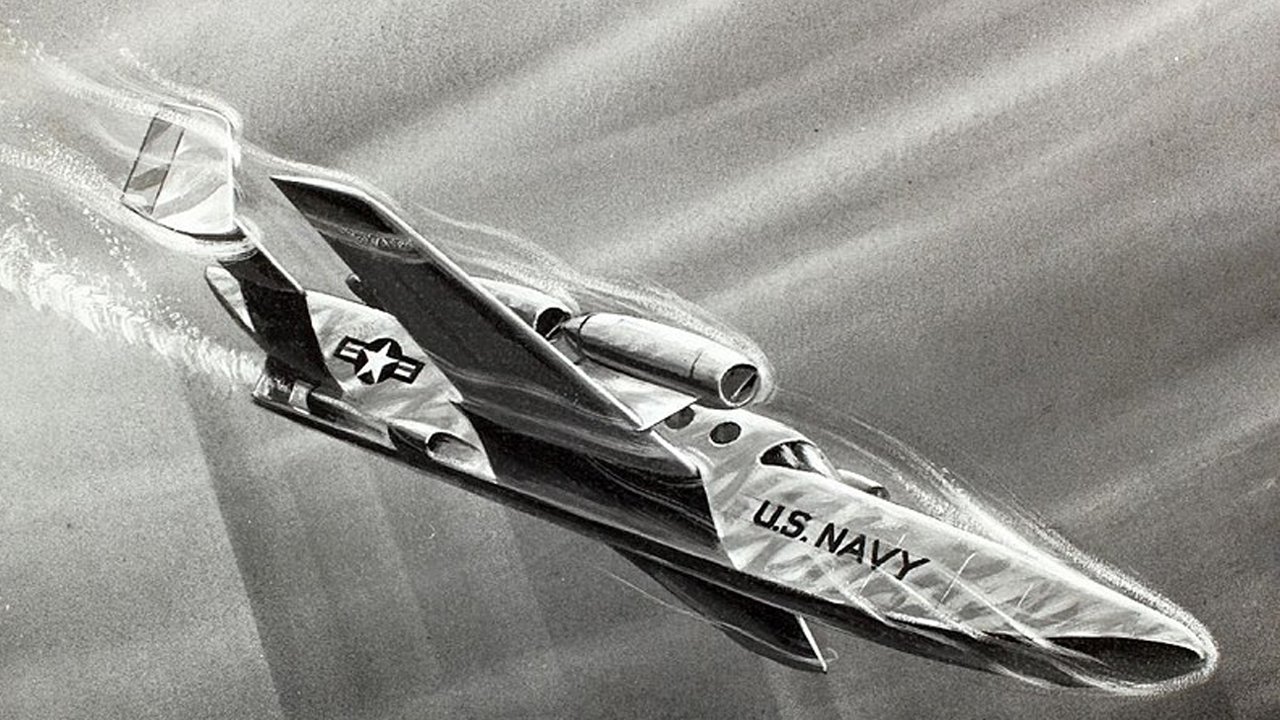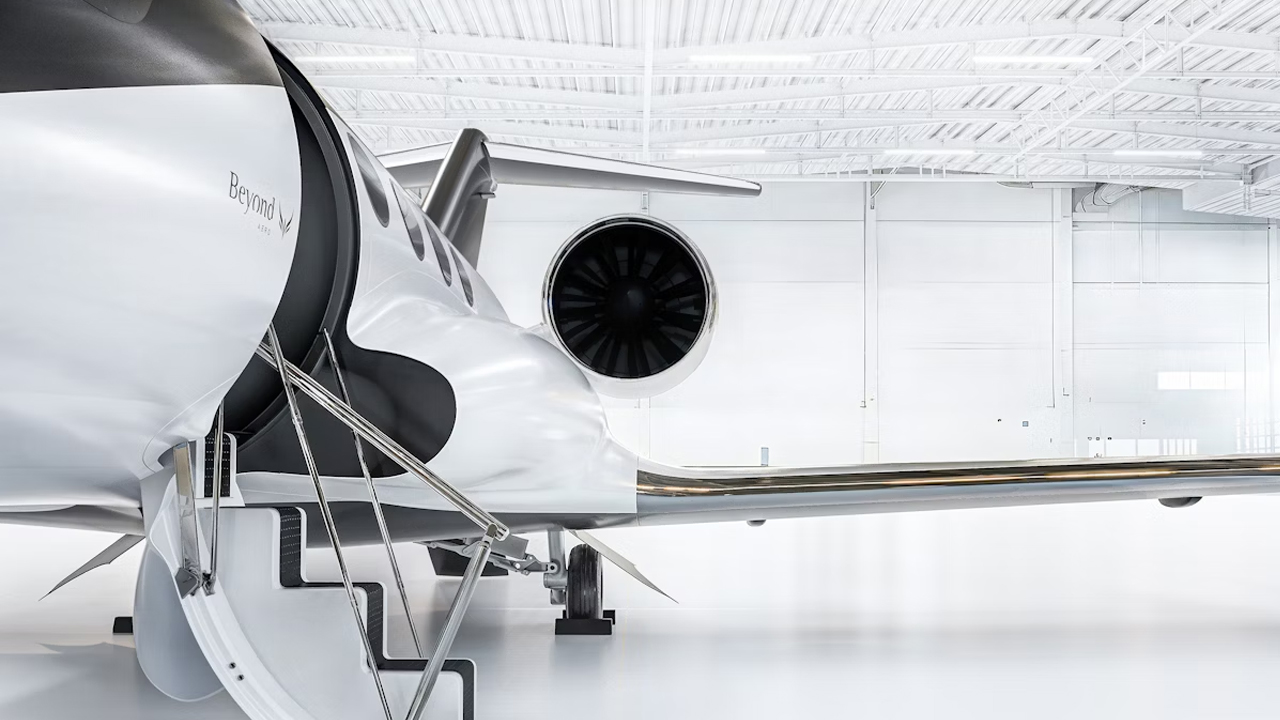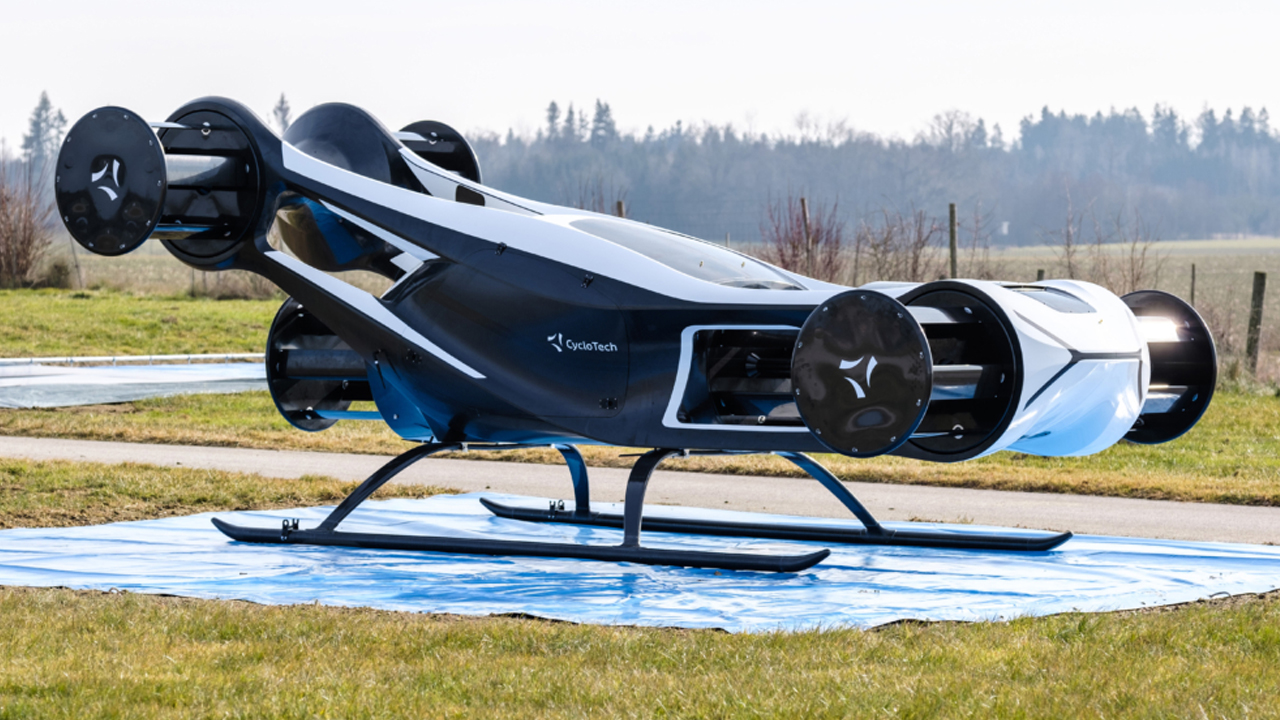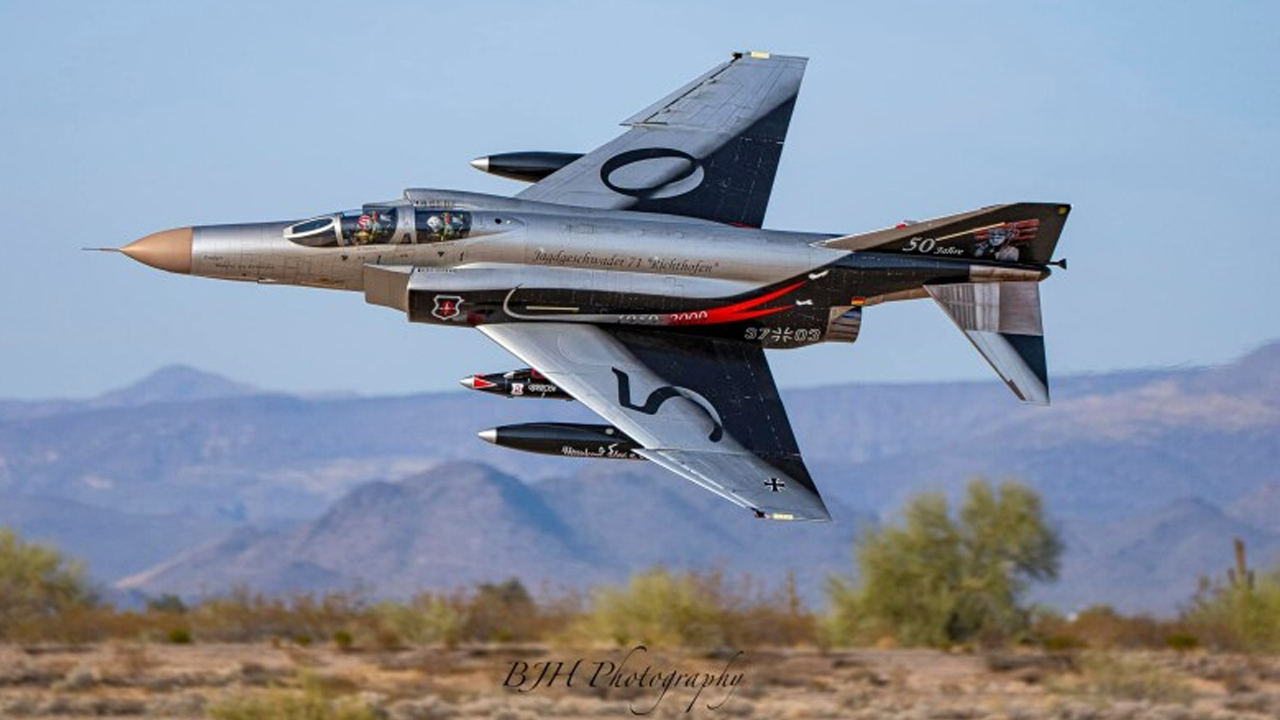In the early 1960s, the U.S. Navy backed one of its most unusual experimental concepts: a vehicle that could both fly through the air and dive beneath the ocean. Known as the Convair Submersible Seaplane, this futuristic aircraft was designed to search for enemy submarines from above, then land, submerge, and engage targets below. The idea was bold, but its execution was even more complicated. According to Military Factory, the craft combined aviation and naval engineering in ways never tried before.
A Sub That Could Fly
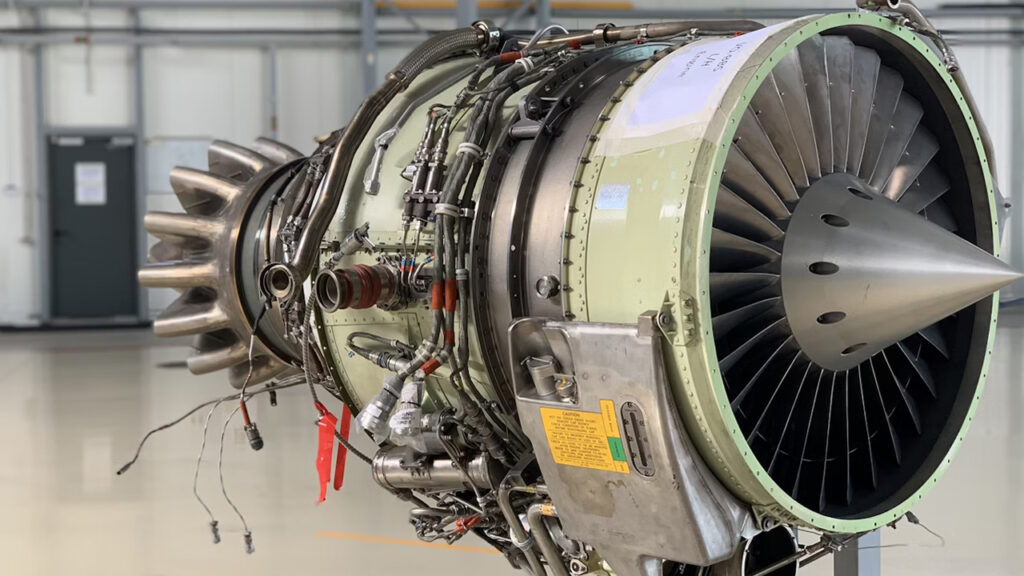
To make it work, engineers designed a sleek, narrow flying boat powered by turbojet engines for flight and an electric motor for underwater travel. It had to be light enough to take off from water but strong enough to dive and survive underwater pressure. Internal ballast tanks helped it sink and resurface like a submarine, while its airframe had to withstand both sky and sea. The dual-mode idea was striking—and drew interest during the Cold War’s peak. As Fantastic Plastic Models notes, the plan even included equipping the craft with torpedoes for combat missions once submerged.
Why It Was Canceled
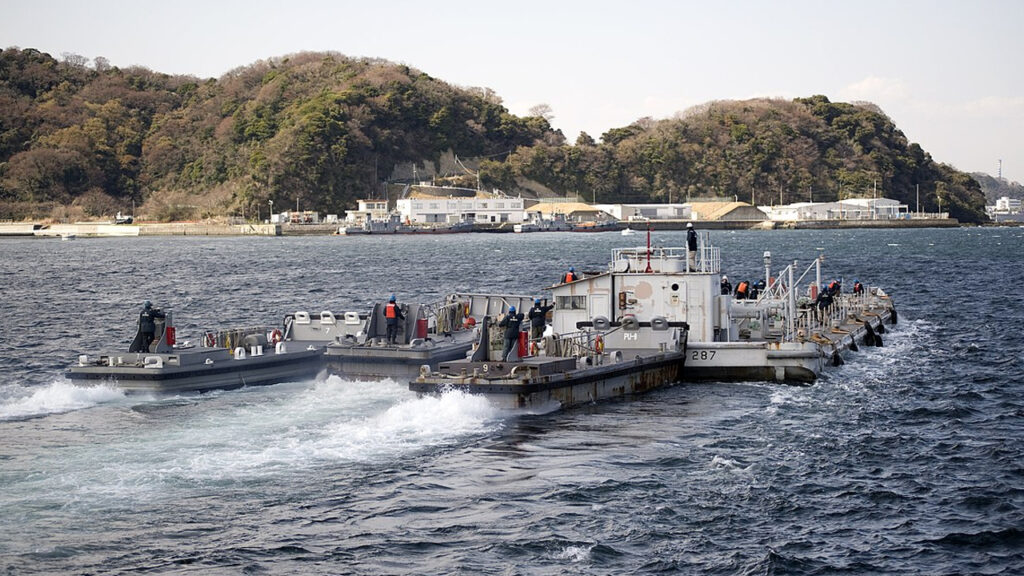
Ultimately, the Navy shelved the project. Even with extensive design work and model testing, the technology of the 1960s just couldn’t support a practical version of the concept. The logistical complexity, the limitations of underwater propulsion systems, and budget constraints all led to its quiet cancellation. But the idea of a flying submarine wasn’t totally abandoned. As Owlcation highlights, variations of the idea have popped up in science fiction, and even modern DARPA proposals have touched on similar dual-environment platforms.
Today, the Convair Submersible Seaplane remains one of the Navy’s strangest and most imaginative experiments—a reminder that during the Cold War, no idea was too bizarre to explore, as long as it promised an edge.


